Welcome to the Pony Prompting Guide, your ultimate resource for mastering AI art generation with Pony Diffusion models․ This guide explores versatile techniques to unlock stunning visuals, ensuring creativity and precision in every prompt․ Learn how to harness the power of score prompts, source filters, and advanced settings to achieve breathtaking results tailored to your artistic vision․
1․1 Understanding the Basics of Pony Diffusion XL
Pony Diffusion XL is a fine-tuned version of Stable Diffusion, optimized for generating high-quality artwork, particularly in styles like anime, furry, and pony art․ Known for its versatility, it excels in creating NSFW content and intricate details․ The model leverages a robust training dataset to produce diverse artistic styles․ Key settings like the Clip Last Layer (set to -2) help prevent distortions․ Understanding its core mechanics, such as score prompts and source filters, is essential for mastering its capabilities and achieving desired results in your creative projects․
1․2 Importance of Effective Prompting Techniques
Effective prompting is crucial for unlocking the full potential of Pony Diffusion XL․ Clear and specific prompts guide the model to produce high-quality, relevant images․ Ambiguity often leads to undesirable results, making precision key․ Balancing complexity and simplicity ensures the model stays focused without overcomplicating the task․ This approach enhances creativity, saves time, and delivers consistent outcomes․ Mastering these techniques is essential for achieving stunning visuals tailored to your vision․
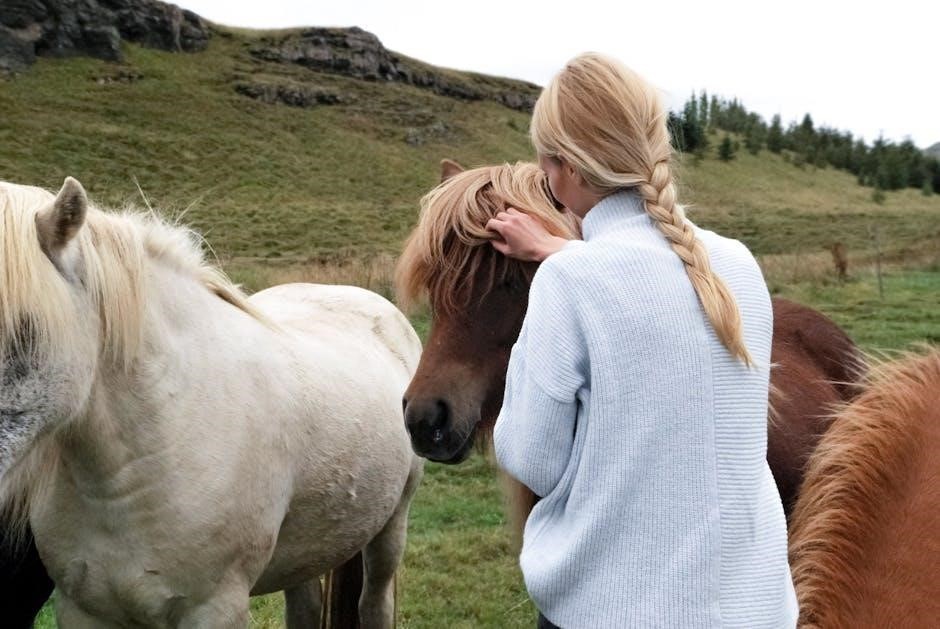
Score Prompts in Pony Diffusion
Score prompts in Pony Diffusion are essential for enhancing image quality and aesthetics․ These prompts, derived from CLIP-based rankings, guide the model to prioritize specific visual elements․ Using combinations like score_9, score_8_up, and score_7_up ensures higher-quality outputs by focusing on artistic style and detail․ These tags help refine the generation process, making your results more consistent and visually appealing while maintaining creative control over the final output․
2․1 What Are Score Prompts and How Do They Work?
Score prompts in Pony Diffusion are tags that rank image quality and aesthetics, guiding the model to prioritize visual elements․ They are derived from a CLIP-based ranking system, where images are scored on a scale of 1 to 5․ These scores are used to train a model that predicts quality, enabling the generation of higher-tier images․ By incorporating tags like score_9, score_8_up, and score_7_up, users can direct the model to produce outputs with enhanced artistic style, detail, and overall appeal, ensuring consistent and refined results tailored to their creative vision․
2․2 Best Practices for Using Score Prompts
For optimal results with score prompts, experiment with combinations like score_9, score_8_up, score_7_up to enhance quality and aesthetics․ Use higher scores for artistic style and mid-range scores for detail refinement․ Keep prompts clear and concise to avoid confusion․ Start with simpler combinations and gradually add complexity․ Always test variations to identify what works best for your desired output․ This balanced approach ensures consistent, high-quality results while maintaining creative control over your AI-generated art․
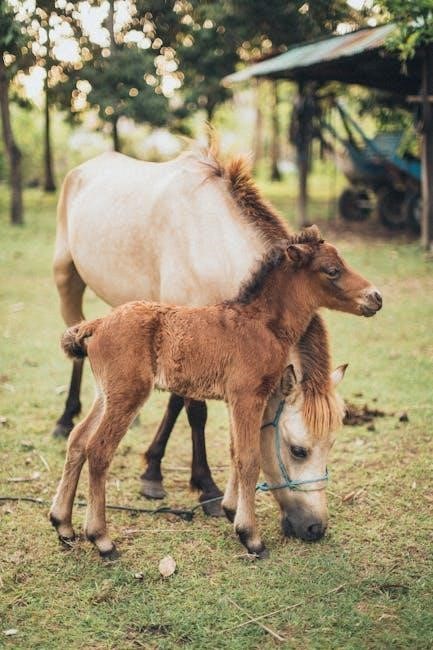
Source Filters and Content Ratings
Source prompts guide the model toward specific styles, like source_pony or source_anime․ Rating prompts (rating_safe, rating_explicit) control content appropriateness, ensuring alignment with your creative goals while maintaining quality and relevance․
3․1 Utilizing Source Prompts for Style and Content
Source prompts like source_pony, source_anime, and source_furry help guide the model toward specific artistic styles or character types․ For instance, source_anime encourages vibrant, cartoonish visuals, while source_furry focuses on anthropomorphic designs․ Combining these with score_9 or score_8_up enhances quality and consistency․ Use negative prompts like source_pony to avoid unintended styles․ Experiment with these filters to tailor your output, ensuring it aligns with your creative vision while maintaining precision and detail in every generation․
3․2 Managing NSFW Content with Rating Prompts
Rating prompts like rating_safe and rating_explicit allow precise control over NSFW content in Pony Diffusion XL․ Use rating_safe in positive prompts to ensure family-friendly outputs, while rating_explicit enables mature themes․ For example, combining rating_explicit with source_furry generates bold, NSFW furry art․ Conversely, adding rating_safe to negative prompts restricts explicit content․ These prompts help tailor outputs to your audience, ensuring compliance with ethical guidelines while maintaining creative flexibility across various artistic styles and themes․
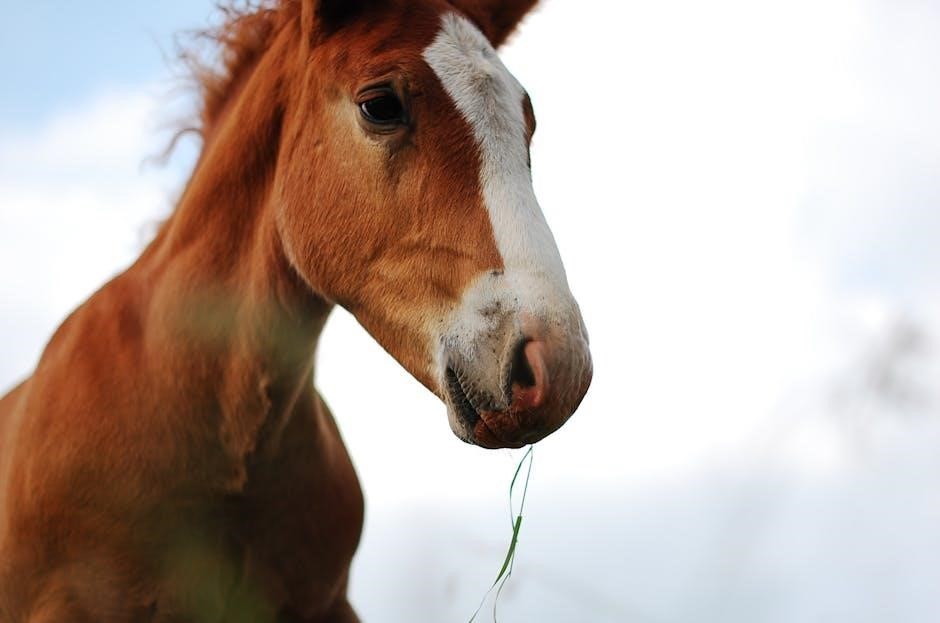
Negative Prompts and Avoiding Common Issues
Negative prompts are essential for avoiding common issues like distortions or unwanted elements․ They refine image quality by excluding flaws, ensuring high-quality, accurate results with minimal errors․
4․1 Essential Negative Prompts for Quality Control
Essential negative prompts help maintain quality by excluding unwanted elements․ Common tags include low-res, bad anatomy, bad hands, text, error, blurry, deformed, and missing fingers․ These prevent distortions, mutations, or low-quality outputs․ Regularly update your negative prompts to address recurring issues, ensuring crisp, detailed, and anatomically correct results․ Pairing these with the Clip Last Layer setting (-2) further enhances image clarity and consistency, making your generations polished and professional․
4․2 Preventing Distortions with the Clip Last Layer Setting
The Clip Last Layer setting is crucial for minimizing distortions in Pony Diffusion XL․ Set it to -2 to ensure balanced and undistorted outputs․ This setting helps maintain image stability, preventing unnatural or exaggerated features․ Pairing it with essential negative prompts enhances quality control, reducing the risk of mutated or disfigured elements․ Adjusting this setting carefully ensures your generations remain coherent and visually appealing, aligning with your artistic intent while avoiding common pitfalls like stretched limbs or facial anomalies․
Advanced Techniques with LoRAs and Embeddings
Enhance your Pony Diffusion XL creations with LoRAs and embeddings․ LoRAs refine visual traits, while embeddings enable customized outputs․ Experiment with these tools to elevate your artistic expressions․
5․1 Enhancing Visual Characteristics with Compatible LoRAs
Compatible LoRAs (Low-Rank Adaptations) are powerful tools for refining specific visual traits in Pony Diffusion XL; These models adjust the base architecture to amplify artistic styles or details, enabling intricate textures, vivid colors, or unique aesthetic flourishes․ To use LoRAs effectively, ensure they are tailored for Pony Diffusion XL to avoid compatibility issues․ Start with minimal prompts and gradually incorporate LoRAs to enhance desired features․ For example, apply a LoRA to emphasize anime-style eyes or fur textures for furry art․ Experimentation is key to achieving the perfect balance of style and detail․
5․2 Leveraging Embeddings for Customized Outputs
Embeddings are powerful tools for tailoring Pony Diffusion XL outputs to specific styles or themes․ By converting text or image references into vector representations, embeddings enable the model to capture nuanced aesthetic details․ This allows for highly customized results, such as matching a particular artist’s style or maintaining consistent themes across generations․ Users can create custom embeddings from reference images or text, giving them greater control over the final output․ Experiment with embeddings to unlock unique visual possibilities and achieve consistent, high-quality results in your AI art creations․
Practical Examples and Case Studies
Explore real-world applications of Pony Diffusion XL through practical examples․ Learn how users create stunning anime, furry, and pony art by applying tailored prompts and settings․
6․1 Example Prompts for Anime, Furry, and Pony Art
Discover how to craft effective prompts for anime, furry, and pony art using Pony Diffusion XL․ For anime-style results, try:
- score_9, source_anime, cute anime girl, pastel colors, flowing hair
- score_8_up, source_anime, blue hair, glowing eyes, magical aura
For furry art, use prompts like:
- score_9, source_furry, anthropomorphic fox, forest background, sunset
- score_7_up, source_furry, wolf character, medieval armor, fantasy setting
Pony art examples include:
- score_9, source_pony, colorful pony, sparkles, friendship theme
- score_8_up, source_pony, big eyes, rainbow mane, magical scene
Combine score prompts with source filters to guide the model toward your desired style․ Adjust settings like the Clip Last Layer (-2) to avoid distortions and ensure high-quality outputs․ These examples demonstrate how tailored prompts can yield stunning, customized results across different art styles․
6․2 Real-World Applications of Pony Diffusion XL
Pony Diffusion XL is widely used for creating custom artwork, from anime characters to furry and pony designs․ Artists leverage its versatility to produce high-quality images for commissions, merchandise, and personal projects․ The model excels in generating NSFW content, making it popular in adult art communities․ It also aids in prototyping character designs for games and animations․ Beyond art, the model supports content creators in crafting visuals for social media, websites, and storytelling․ Its flexibility and customization options make it a valuable tool for both hobbyists and professionals in the digital art space․
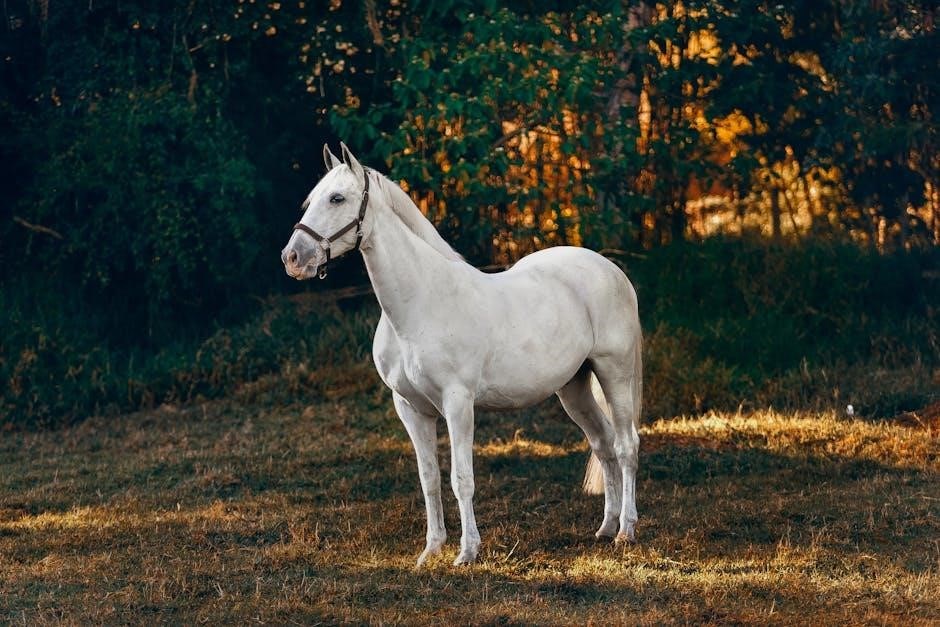
Best Practices for Experimentation
Experiment with clarity and specificity in prompts․ Balance complexity and simplicity, refining iteratively․ Test settings like Clip Last Layer (-2) and explore score prompts for quality․ Document results for optimization․
7․1 Balancing Prompt Complexity and Simplicity
Achieving the right balance between complexity and simplicity in prompts is crucial․ Start with concise, descriptive language to convey your vision clearly․ Avoid overly complex prompts with excessive tags, as they can confuse the model․ Instead, focus on key elements like lighting, mood, and character details․ Experiment with adding or removing tags to refine results without overwhelming the system․ This balance ensures the model understands your intent while maintaining artistic freedom, leading to more precise and satisfying outcomes․
7․2 Iterative Refinement for Optimal Results
Iterative refinement is key to achieving optimal results in Pony Diffusion․ Start with a simple prompt, analyze the output, and gradually adjust tags or settings based on what works․ Each refinement step brings you closer to your vision․ Experiment with score prompts, source filters, and negative prompts to fine-tune results․ Don’t hesitate to repeat the process, as small adjustments can make a significant difference․ This method ensures you unlock the model’s full potential while maintaining creative control over your generations․
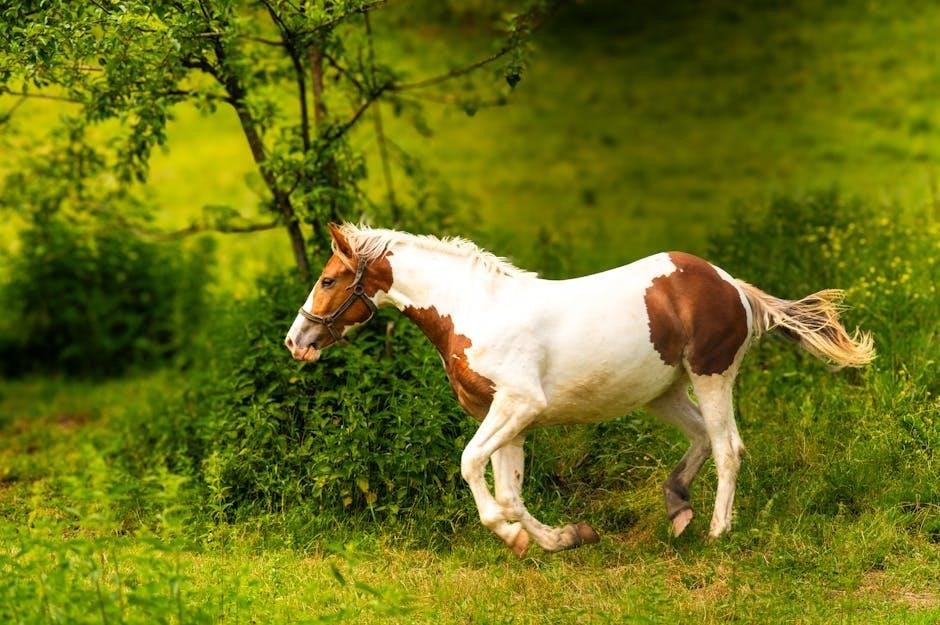

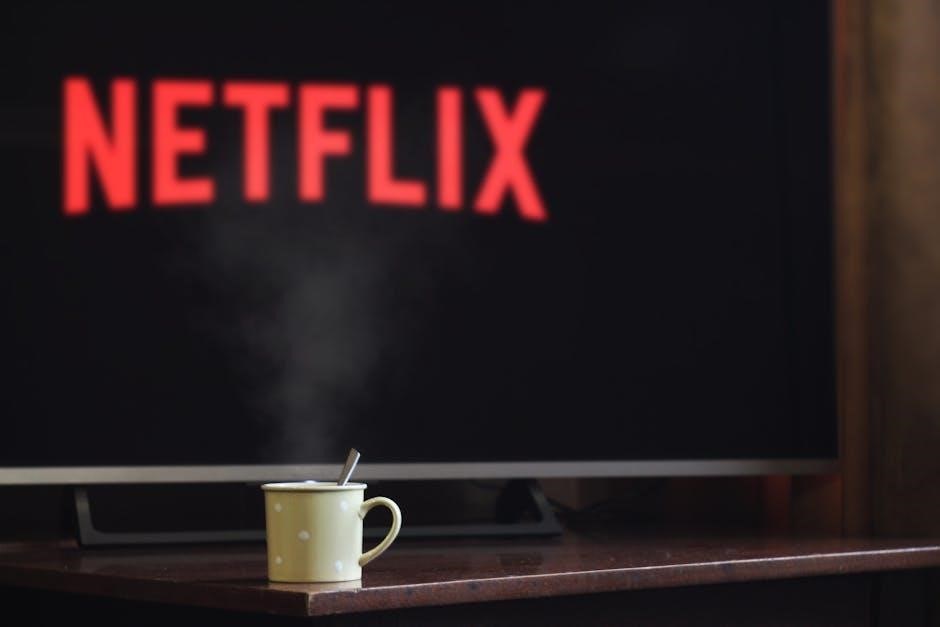

About the author